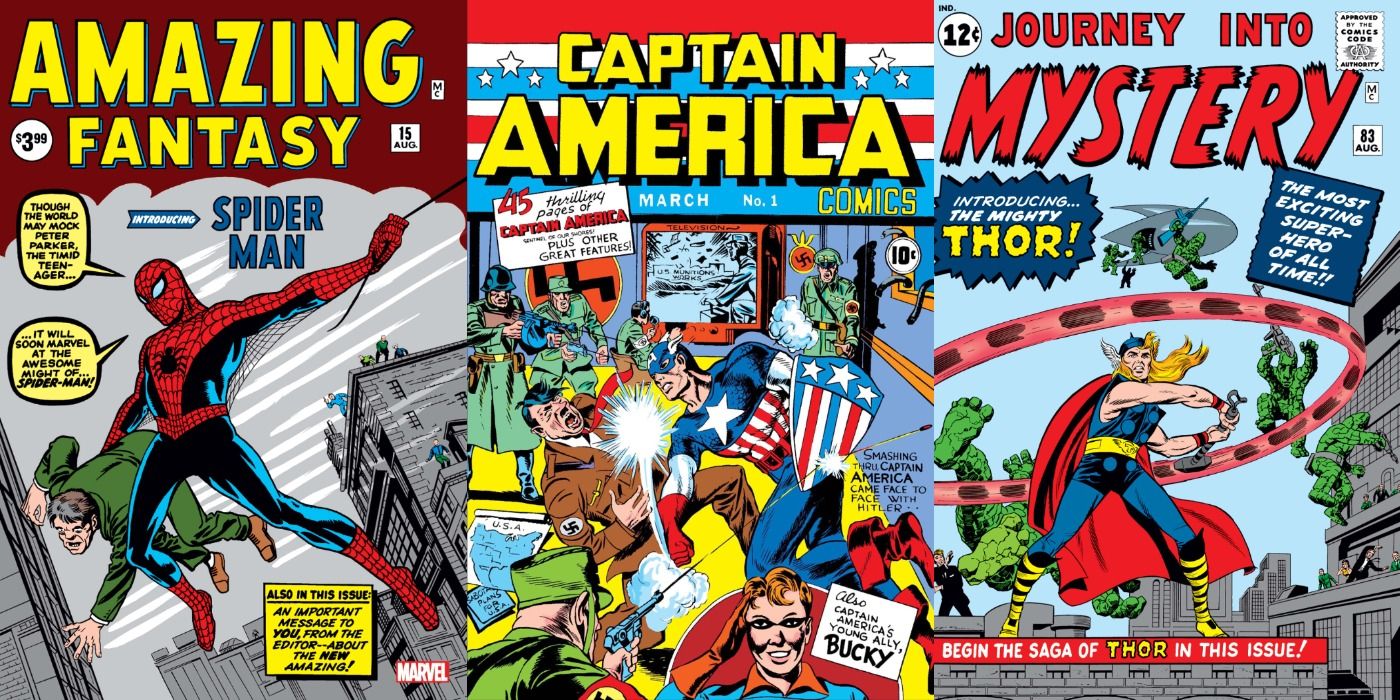Comic Book Values: A Deep Dive into the World of Comic Book Collectibles

The world of comic books has exploded in popularity in recent years, fueled by blockbuster superhero movies and streaming series. This renewed interest has significantly impacted comic book values, sending the prices of rare and sought-after editions soaring. While some coveted comics fetch millions at auction, understanding the factors that determine a comic’s value can help collectors identify potential treasures in their own collections. This article delves into the multifaceted world of comic book values, exploring key aspects that contribute to a comic’s worth and offering insights for collectors of all levels.
Understanding the Factors That Determine Comic Book Value
Several key factors influence the value of a comic book. These aren’t always easy to quantify, and the interplay between these elements makes accurate valuation complex. However, understanding these factors is crucial for collectors seeking to assess the potential worth of their holdings. These factors include:

Character Introductions and First Appearances
The introduction of a major character is a significant factor in driving up a comic’s value. First appearances of iconic superheroes are highly sought after by collectors and enthusiasts. The more popular the character becomes through subsequent storylines, adaptations, and media appearances, the more valuable the first appearance comic becomes. The first appearance of Spiderman in Amazing Fantasy #15 serves as a prime example; its record-breaking sale price of $3.6 million in 2021 underscores this principle. Similarly, the first appearance of Spiderman’s black suit (the symbiote Venom) in a single page from Marvel Super-Heroes Secret Wars #8 sold for $3.36 million in 2022, demonstrating the impact of ongoing character relevance.
Historical and Cultural Significance

Beyond character introductions, historical context significantly impacts a comic’s value. Comics that coincide with significant historical events or reflect prevailing cultural trends can attract collectors interested in the historical record. Captain America Comics #1 (1941), featuring Captain America fighting Adolf Hitler, is a compelling example, its $3.1 million sale price reflecting its cultural significance within the context of World War II. Similarly, Marvel Comics #1 (1939), the foundational comic for the entire Marvel universe, achieved a $2.4 million sale price due to its historical importance in the development of the company and its influence on popular culture. The introduction of significant storylines or pivotal moments in a character’s journey can also boost the value of a comic, even if a new character is not introduced.
Publisher Significance and Market Trends

The publisher’s history and market position play a role in determining value. Comics that were crucial for a company’s success or represent turning points in the publishing landscape can command high prices. Fantastic Four #1 (1961), marking a comeback for Marvel, sold for $1.5 million, demonstrating the significance of publisher-related historical events. Collectors also consider the first releases of prominent comic book imprints. For example, the first issue of a notable imprint like Vertigo’s Death: The High Cost of Living or Dark Horse’s Dark Horse Presents will retain a certain value based on the long-term success and appeal of that publisher and their characters.
Condition and Grading
The condition of a comic is paramount. Collectors place a premium on comics in near-mint or gem-mint condition, as evidenced by the high sale prices of pristine copies. Grading services like the Certified Guaranty Company (CGC) provide a standardized system for evaluating a comic’s condition, influencing its market value. The CGC grading scale, ranging from 0.5 (“Poor”) to 10 (“Gem Mint”), provides collectors with a common language for assessing the quality of their comics. A comic’s condition is evaluated based on several factors, including:
-
Cover: The condition of the cover is crucial. Tears, creases, and discoloration negatively impact a comic’s grade.
-
Pages: The pages should be intact and free of significant tears, stains, or writing.
-
Spine: A straight, undamaged spine is preferred. Significant damage or weakening will lower a comic’s grade.
-
Overall Impression: The overall presentation of the comic book matters. Signs of heavy handling or deterioration will reduce its grade.
Higher grades generally translate to higher values, with “Gem Mint” (10) copies commanding significantly higher prices than lower-grade comics. However, the rarity and historical significance of a comic can sometimes offset even severe condition issues, leading to unexpectedly high values for damaged but rare books.
Key Issues and Rarity
First-print issues are usually the most desirable. “Key Issues” are those recognized by collectors as particularly significant due to their historical importance, character introductions, or storyline developments. Rarity is a significant driver of price, with limited-print runs or comics that have been lost to time demanding higher prices, regardless of the grade. The high value placed on early Action Comics issues is largely determined by the scarcity of undamaged copies. For example, while there are millions of reprints of Action Comics #1, the estimated less than 100 original copies in existence drives their extreme value.
Modern Market Factors
Beyond the inherent qualities of a comic book, current market conditions influence its price. Factors such as overall collector interest, media adaptations, and the speculative nature of the comic book market play a significant role in determining value. Increased media attention on a particular character or series will often fuel a surge in demand, driving up prices of related comics.
Finding the Value of Vintage Comic Books
Determining the value of vintage comic books requires a multi-pronged approach. While online resources offer a starting point, a thorough assessment should consider the factors already discussed. There are many online resources and price guides such as Lbibinders.org that can provide estimates based on sales history, but the final determination of value remains partially subjective and depends on market conditions and the specific buyer.
Resources for Assessing Comic Book Value
Several resources can assist in determining a comic book’s value:
-
Online Price Guides: Websites like Lbibinders.org offer comprehensive price guides that track sales history and provide estimated values for various comic books. However, these should be used as a starting point, not a definitive valuation.
-
Auction Sites: Platforms such as eBay provide insight into current market prices. However, the prices realized on auction sites can be influenced by various factors, including bidding wars and buyer sentiment.
-
Grading Services: Professional grading services like CGC provide standardized evaluations of a comic book’s condition, which helps determine value. While paying for professional grading can seem costly, it adds legitimacy and a degree of reliability to the valuation. The cost can range from $22 to $120, with a higher value books potentially following a sliding scale that takes up 3% of the item’s worth.
-
Comic Book Dealers and Shops: Experienced comic book dealers have extensive knowledge of the market and can offer informed valuations. They can often assess a comic book’s condition and rarity, providing insight into its potential market value.
Conclusion
Comic book values are determined by a complex interplay of factors, including character introductions, historical significance, publisher impact, condition, rarity, and market trends. Collectors should understand these elements when assessing the value of their own collections. Leveraging resources like online price guides, auction sites, grading services, and comic book dealers can provide crucial information for accurate valuation, but collectors should maintain a critical and nuanced perspective in recognizing that market fluctuations and unique buyer interest will always have a significant impact on a comic book’s final price.